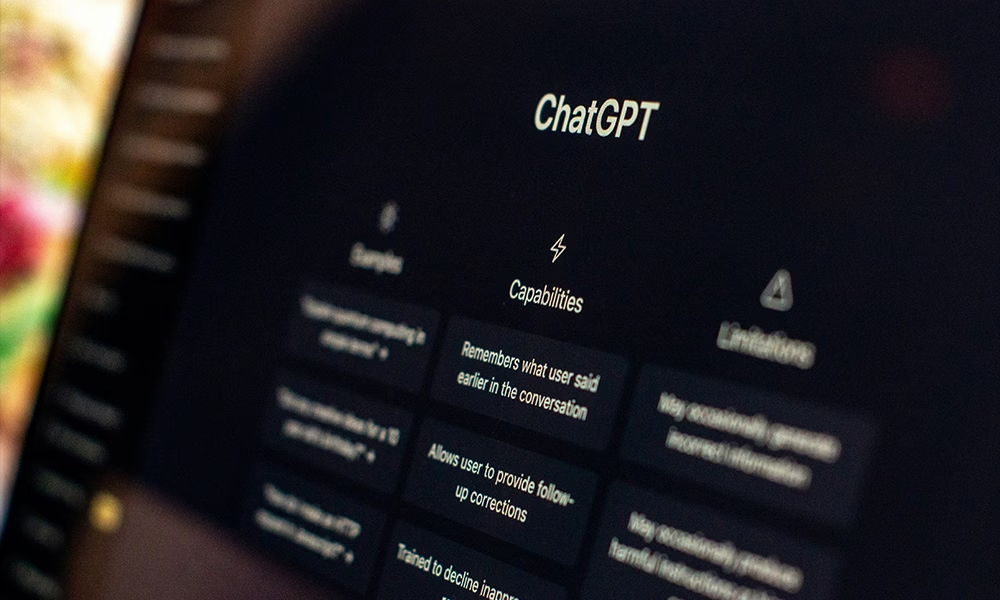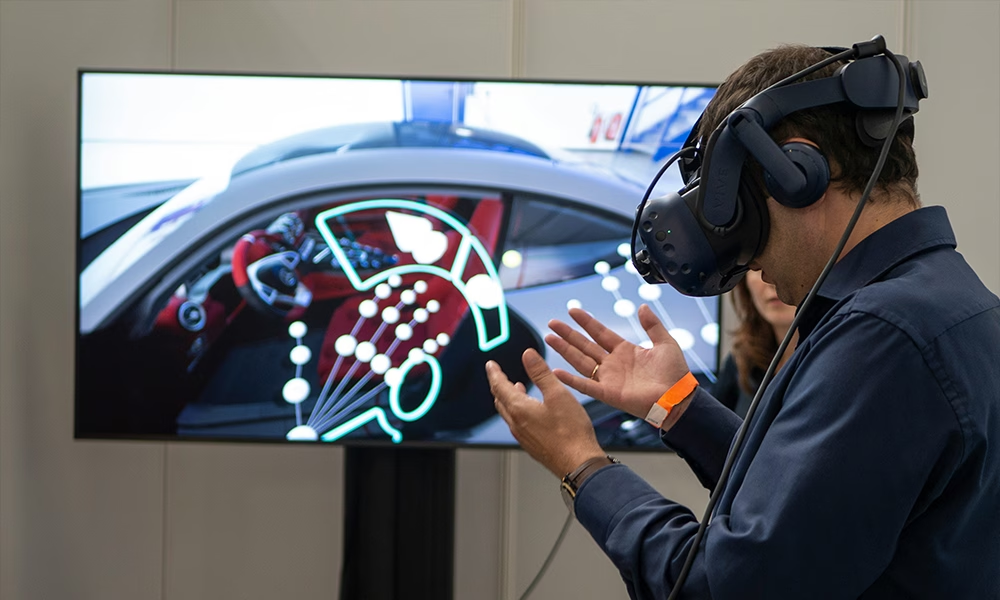Four shifts shaping PR in 2026

The PR landscape is moving fast, as always, right? But not always in the direction we expect. As we approach 2026, I see four trends that are starting to define the difference between communications that simply tick boxes, and those that truly move the needle.
1. Centralised PR is starting to crack
Companies that have pursued a centralised PR model are starting to see diminishing returns.
On paper, centralisation promises efficiency – one team, one strategy, one message… and so on. But in practice, it can come at the cost of impact. The best European PR is informed, connected, and deeply attuned to the nuances that make each market tick. You can’t ‘AI’ that.
It’s a mistake to view Europe as fragmented. Done well, a multi-market approach can combine brand consistency with the local flair and cultural depth that make stories land authentically. The UK remains a natural launchpad and a market that rewards thought leadership and global ambition. But sustaining momentum across Europe requires more than one-size-fits-all messaging.
Handled right, PR becomes part of the investor narrative, part of the customer journey, and living proof that a company truly understands the markets it’s growing into.
2. The return of brand awareness as the ultimate metric
After years of chasing clicks, impressions, and traffic, the pendulum is swinging back. According to Censuswide, 62% of CMOs now see brand awareness as their primary measure of success, up from 42% just a year ago.
As generative AI tools like ChatGPT become the new front door to information, the old performance metrics tell us less and less about how people actually find and understand a brand. What matters now is whether your brand shows up, gets recognised, and makes sense within this new information ecosystem.
Awareness today is about discoverability and relevance, and ensuring your brand has both presence and meaning in a landscape increasingly shaped by AI. Long-term brand equity is firmly back in the spotlight.
3. Over-reliance on AI will expose weak PR
AI is transforming PR – and many industries actually – but not always for the better.
Those who lean too heavily on automation risk diluting their craft. AI should raise the bar for quality, not lower it. The value of PR lies in lived expertise, judgement, and critical thinking and these qualities that can’t be replicated by a machine.
It’s human nature to seek shortcuts, but in communications, shortcuts lead to shallow thinking and forgettable work. AI can make us faster, but not necessarily better. The best practitioners are using it to enhance creativity, test ideas, and free up time for more strategic work.
4. The visual shift is about to break big
Those working in global comms will have noticed this trend gathering real pace in the US this year, and it’s set to become a major force in the UK and Europe too. Media outlets are increasingly prioritising video and visual-first formats, in part as a backlash to the flood of AI-generated text.
So brands, are your executives truly camera-ready? Not just media trained, but confident enough to show up authentically rather than rely on a script. Because while visual formats are rising, so too is the pushback against over-prepared spokespeople.
Journalists want genuine, human, jargon-free conversations – not over-worked corporate messaging that jars on screen. The organisations that embrace this shift early will stand out in an increasingly visual media landscape.
By 2026, the most respected PR teams will be those who’ve mastered the balance of combining human intelligence with technological advantage, without ever losing what makes their work meaningful.



















